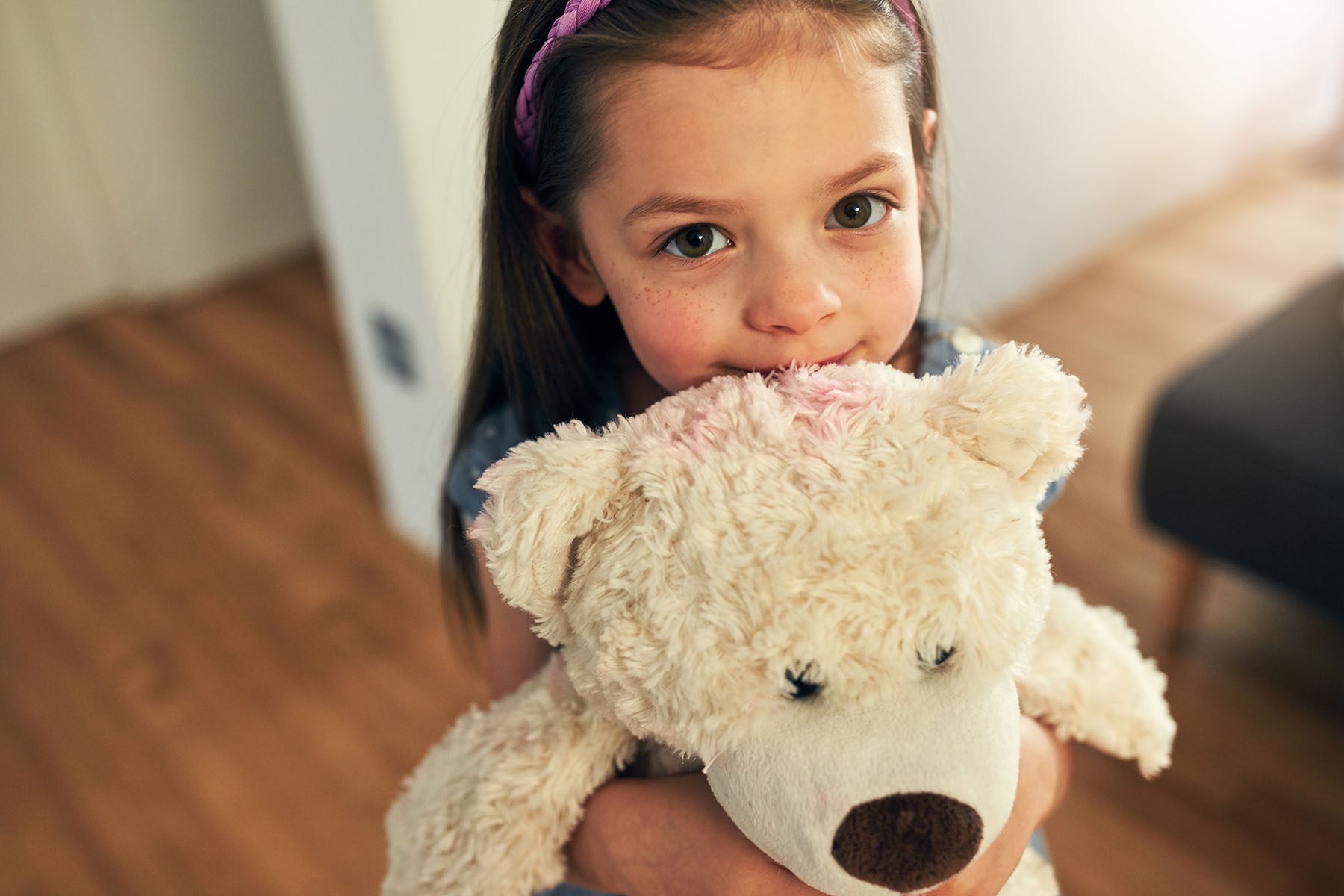Christmas Toy Guide: Buying the Right Toys for the Right Age

If you don’t know much about buying toys for children, here are some fundamentals.
Don’t give a baby a soccer ball, or a 3-year-old a chess set. Sure, they may eventually play with those toys, but an age-appropriate gift will help them develop the skills for those bigger kid gifts when the time comes.
According to Dr. Nicole Mavrides, a child development expert at the University of Miami Health System, young children learn through play.
“You don’t have to try hard to find toys that are fun and educational for toddlers or kids,” she says. “Some of the best toys have been around forever.”
She adds some people don’t realize that toys like wooden blocks or shape sorters are actually STEAM (Science, Technology, Engineering, the Arts and Math) toys.
There are also plenty of bright-colored toys for infants and toddlers that promote developmental skills through play. Babies are entertained by music, lights, and textures. Toddlers love to stack, sort, pour, throw, kick, and climb. Four and 5-year-olds like to construct things and express themselves creatively through art.
Toys for each age
0-6 months: Babies at this age are exploring their world, so appeal to their senses. Look for toys that play melodies and have tactile features like different textures.
- Toys that attach to the car seat or stroller
- Plush toys with sounds (babies love music!), bright lights, mirrors, squeaking parts, and different textures
- Play gyms that allow baby to lie on her back and watch toys dangle above her.
- Rattles – it might seem like a cliché gift, but rattles are great for babies who are just learning to grasp objects. Plus, the sounds will delight the child.
- Teethers – A baby doesn’t have to sprout a tooth to use a teether. One way to include mom in the gift is to buy teething jewelry she can wear. They’re fashionable and functional.
6-12 months: Baby can sit up by now and is exploring what he can do with his hands, so consider toys that promote hand eye coordination, problem solving skills, and fine motor skills.
- Shape sorters
- Toy instruments
- Baby puzzles
- Touch and feel books
- Bath toys
12-18 months: At this age, toddlers are on the go and do not get tired of doing the same thing over and over again. Consider toys that give them space to be active and opportunities to use their imagination.
- Balls
- Anything with a lever
- Washable crayons
- Building blocks
- Picture books
- Push toys
18-24 months: Toddlers in this age range have more control of their movements and like to mimic what the adults in their life are doing. Toys with knobs, switches, and doors or drawers that open and close are good options to keep their hands busy.
- Kitchen sets
- Shopping carts
- Toy brooms
- Toy instruments
- Train sets
- Washable crayons, markers, and colored pencils
24-36 months: This is a time when children are developing more language skills and independence, and their play is more imaginative than ever. Gifts that encourage pretend play and creativity are excellent choices.
- Dress up clothes
- Playsets and pieces that can be put together or snapped together, such as toy trains and building blocks
- Toy instruments
- Dolls with clothes that toddler can take off and put back on, with snaps, buttons, zippers, and buckles
- Art easel— Give the toddler a brush and some brightly colored paint (washable, of course) and watch them create the next Monet.
4-5 years: Think educational toys and games that inspire creativity and critical thinking.
- Secret decoder ring
- Fidgets
- 3d model kits
- Periodic table building blocks
- Doctor kit
Dr. Mavrides advises that its best to stay away from tablets and other toys with screens. “Children especially under the age of two need to interact with their environments so its recommended to stay away from those type of toys,” she explains.
“Stick with toys without screens; not only do they aid in the child’s development and stimulate imagination, they are often cheaper and more durable.”
Natasha Bright is a contributing writer for UMiami Health News. Her writing has also been featured on the Huffington Post and Scary Mommy websites.
Tags: behavioral health, child development, Christmas, Dr. Nicole Mavrides, pediatric psychiatry
